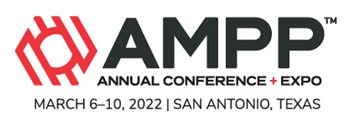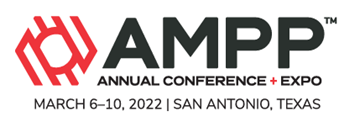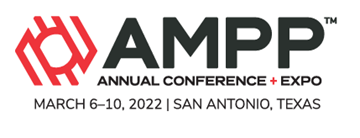Search
Compatibility Of Steels At 450°-650°C In Supercritical CO2 With O2 And H2O Additions
Also Purchased
Characterization And Further Development Of Austenitic Stainless Steel UNS S20910 Towards New Industrial Applications
Product Number:
51322-17648-SG
Publication Date:
2022
$20.00
Closed Loop Corrosion Control: Case Studies Of A Reliable, Robust, & Sustainable Treatment Program
Product Number:
51322-17723-SG
Publication Date:
2022
$20.00
Chemical Treatment To Mitigate Polythionic Acid SCC Without A Soda-Ash Wash: Laboratory And Plant Experience
Product Number:
51322-17993-SG
Publication Date:
2022
$20.00




